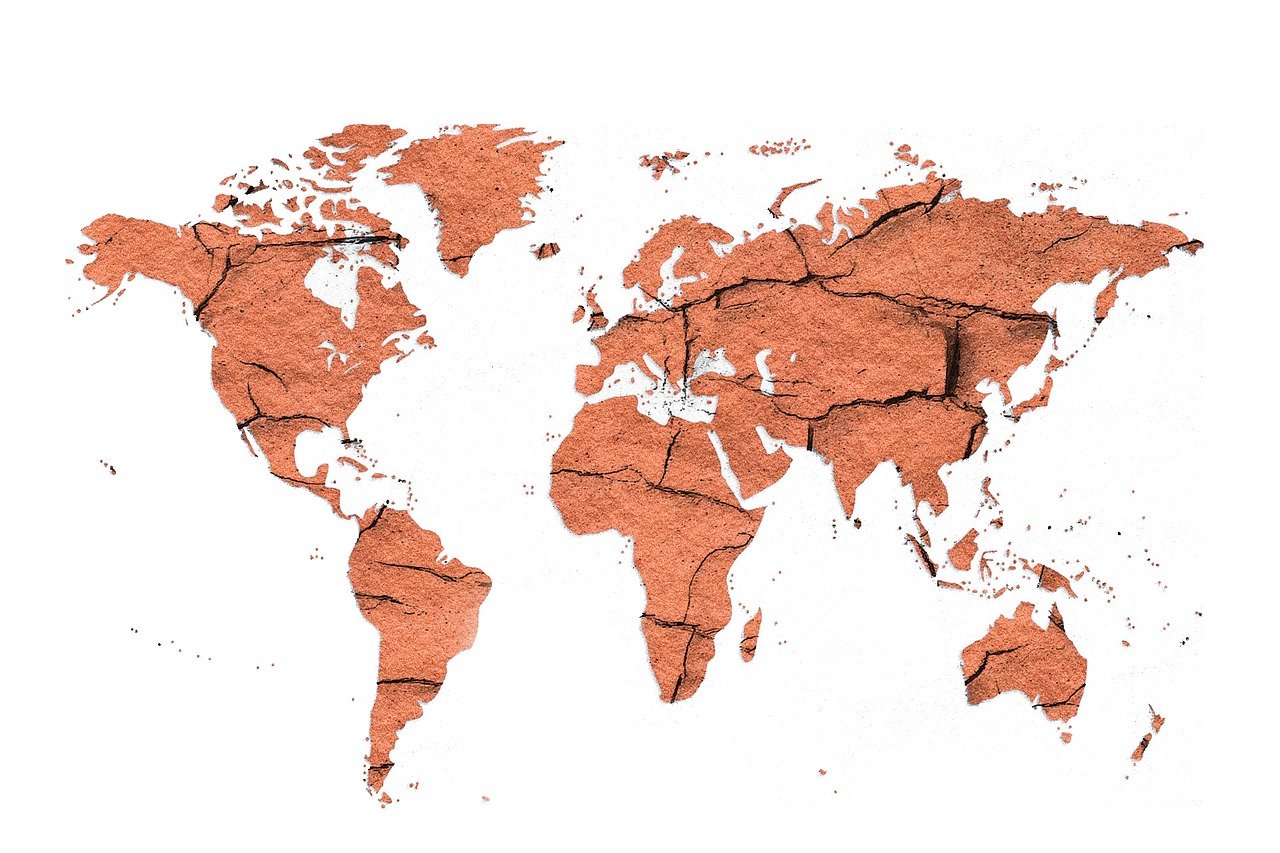Soil Mapping Units and Soil Survey Methods
Soil Mapping Units
They are recognized through profile examinations, named within the general system of soil classification and mapped in appropriate symbols.
1. Soil Series
A soil series represents a group of soils having similar horizons but they may differ in the surface texture. It is given a geographic name either of the locality where it is well-developed or where it was first recognized, for example, Tiwsa representing a deep black soil in India.
2. Soil Type
It is a sub-division of series based on the texture of the surface soil. It is named by adding the textural class name of the surface horizon to the series name, e.g., Tiwsa silty clay.
3. Soils Phase
Phases in soil survey are mostly sub-division of soil types in respect of soil slope, degree of erosion, stoniness, rockiness and salinity, example, Tiwsa stony clay; meaning Tiwsa clay, stony phase.
The final soil survey report and maps are prepared in seven sections:
(i) Introduction.
(ii) General description of the area with regard to location and extent, physiography, rivers, major streams and drainage, geology, climate, vegetation.
(iii) Socio-economic conditions such as transport, marketing, educational and medical facilities.
(iv) Present land use and agriculture including the details of the farming and cropping system adopted in the area.
(v) Soils giving the details of method of soil survey, soils mapping units, physical and chemical properties and land capability classification.
(vi) General problems of the area with broad suggestions and recommendations.
(vii) Summary and conclusion.
You might interest more articles about Soil Science
Useful Agricultural Websites
Food and Agricultural Organization
